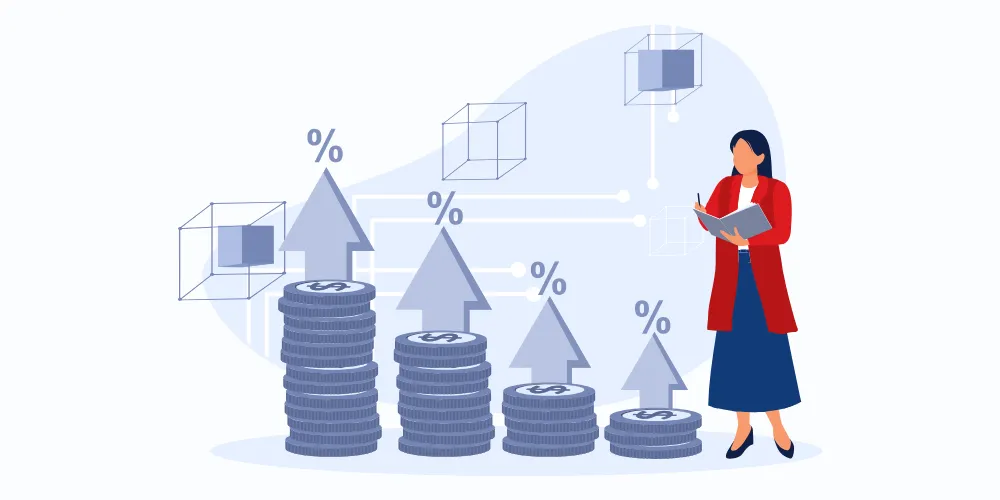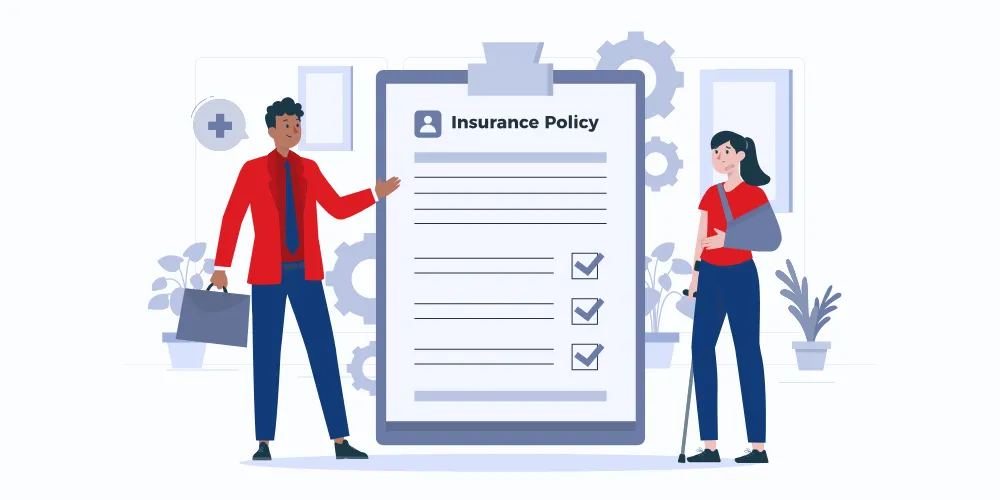Sales effectiveness measures how well a sales team converts opportunities into revenue. It considers both efficiency and impact—how quickly reps move prospects through the funnel and how consistently they hit targets. It’s about doing the right things, the right way, to achieve predictable, scalable growth.
Understanding and Measuring Sales Effectiveness
- Sumeet Shah
- Apr 03, 2025
- 4 min read
- Last updated on Nov 07, 2025
Introduction to Sales Effectiveness
In the dynamic world of business, the term 'sales effectiveness' echoes through the corridors of every successful company. It essentially refers to a sales force's ability to sell a product or service effectively and efficiently. Sales effectiveness is crucial as it directly correlates with a company's financial performance. When businesses focus on sales effectiveness, they are not merely looking at revenue; they are fine-tuning their methods to achieve consistent, substantial growth. This emphasis is a crucial part of comprehensive sales strategies, laying the foundation for business success.
Importance of Measuring Sales Effectiveness
Understanding why measuring sales effectiveness matters can transform a business landscape. By quantifying effectiveness, businesses unearth valuable insights into their sales processes. These insights enable improved sales strategies, motivating teams with clear objectives and boosting productivity. Companies that leverage sales effectiveness solutions reap the benefits of data-driven decision-making, optimizing every stage of their sales process and increasing revenue. Measuring effectiveness not only improves current efforts but also protects and enhances the business's future viability.
Key Metrics for Sales Effectiveness
Evaluating sales effectiveness requires looking at the right metrics. Conversion Rates are paramount, as they indicate how many prospects become paying customers. A rising conversion rate signifies refining tactics. The Sales Cycle Length shows the time it takes to close deals; shorter cycles often indicate more efficient processes. Lastly, understanding Customer Acquisition Costs helps businesses be more cost-effective by showing the cost of acquiring a new customer. Monitoring these metrics provides a window into a sales team's prowess and can highlight areas for improvement, paving the way for a more streamlined approach.
Different Sales Effectiveness Solutions
In the quest to enhance sales effectiveness, various solutions have emerged, empowering businesses with cutting-edge technology. Nowadays, sophisticated software solutions offer insights that were once hard to capture. CRM platforms and sales analytics tools stand at the forefront, enabling detailed tracking and analysis of sales interactions. Such sales effectiveness solutions provide actionable intelligence, helping in identifying trends and areas of concern across sales pipelines. These tools not only improve efficiency but also enable informed strategic decisions, almost serving as an invisible hand that drives increased sales performance.
How to Implement Sales Effectiveness Strategies
Embarking on the journey to heightened sales effectiveness begins with strategic implementation. Start by recognizing the goals and tailoring strategies around them. Engage teams through collaborative efforts and training sessions to ensure everyone is aligned with these objectives. Implement technology carefully, integrating tools that complement existing processes. Continuously evaluate the outcomes against set benchmarks and adjust as necessary. This teamwork of thoughtful planning, technology adoption, and continuous evaluation lays a solid foundation for improving sales effectiveness across the board.
Case Studies of Improved Sales Effectiveness
Real-world examples often serve as the best teachers. Consider a retail company that overhauled its sales strategy by focusing heavily on sales effectiveness. By integrating advanced CRM software and analyzing conversion data, they identified high-return-on-investment (ROI) leads, effectively reducing their sales cycle by 20%. This resulted in a significant 15% year-on-year revenue increase. Such case studies demonstrate the profound impact of strategic changes and solidify the theoretical concepts of enhancing sales effectiveness with measurable outcomes.
Challenges in Measuring Sales Effectiveness
The path to improved sales effectiveness often reveals obstacles. Businesses may encounter challenges like data silos, inadequate training, or resistance to change. However, recognizing these barriers is the first step to overcoming them. Implementing centralized data systems can break down silos, while comprehensive training programs can dismantle resistance by demonstrating tangible benefits. Foresight, coupled with the right tools, enables businesses to mitigate these challenges efficiently, thereby propelling sales effectiveness.
Conclusion and Future Trends
As we've explored the landscape of sales effectiveness, it's clear that it's a vital aspect of business success. By understanding key metrics, using the right tools, and addressing challenges, companies can effectively transform their sales strategies. Looking ahead, future trends indicate a shift towards more personalized sales approaches and AI-driven insights. Staying informed and adaptable to these trends will ensure businesses remain competitive, leveraging enhanced sales effectiveness to thrive in evolving markets.
Frequently Asked Questions
What is sales effectiveness?
What are the key metrics to measure sales effectiveness?
Important metrics include win rate, sales cycle length, average deal size, quota attainment, and customer acquisition cost. These KPIs reveal how efficiently your sales team closes deals and whether your strategy is aligned with revenue goals. Tracking them regularly ensures timely improvements and strategic adjustments.
How can companies improve sales effectiveness?
Start by identifying process bottlenecks and skill gaps. Train reps regularly, align sales goals with incentives, and leverage CRM and analytics tools for real-time visibility. Encourage cross-functional collaboration and provide timely feedback. The goal is a streamlined, data-informed sales process that supports consistent performance.
Why is measuring sales effectiveness important?
Measuring sales effectiveness helps businesses understand what works and what doesn't in their sales process. It enables better decision-making, resource allocation, and strategy refinement. Ultimately, this leads to improved customer experiences, higher revenue, and a more agile and accountable sales organization.




